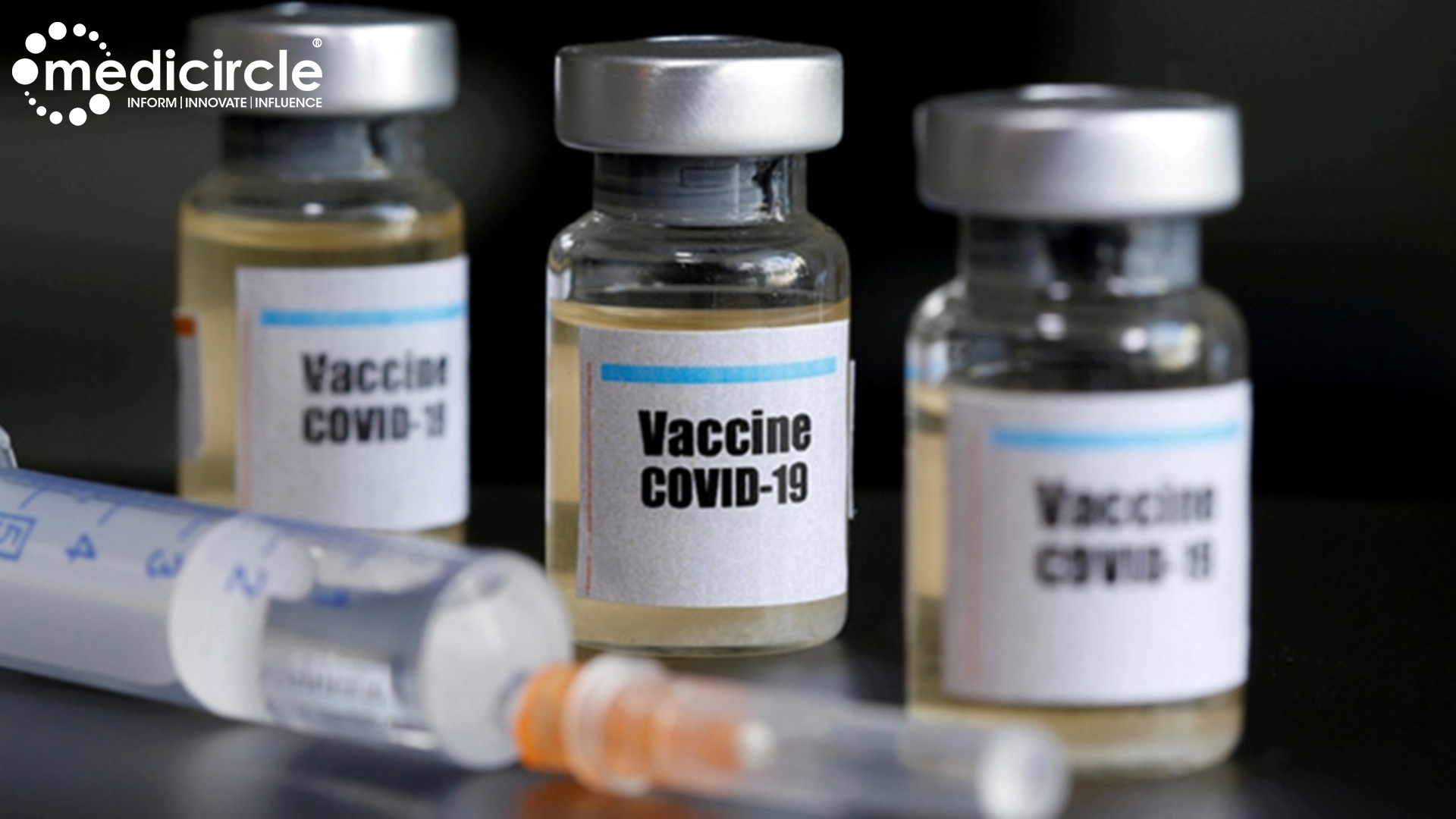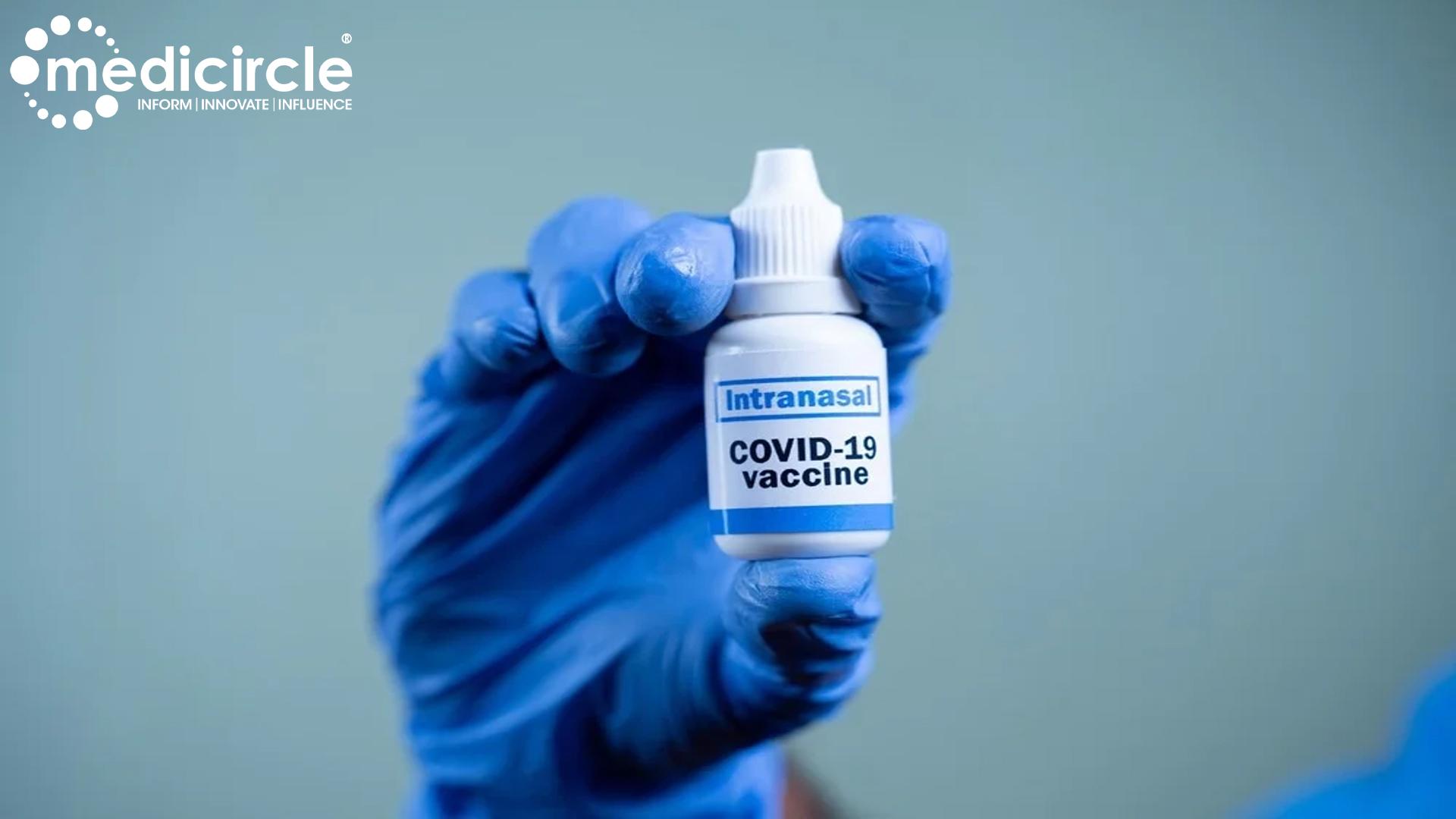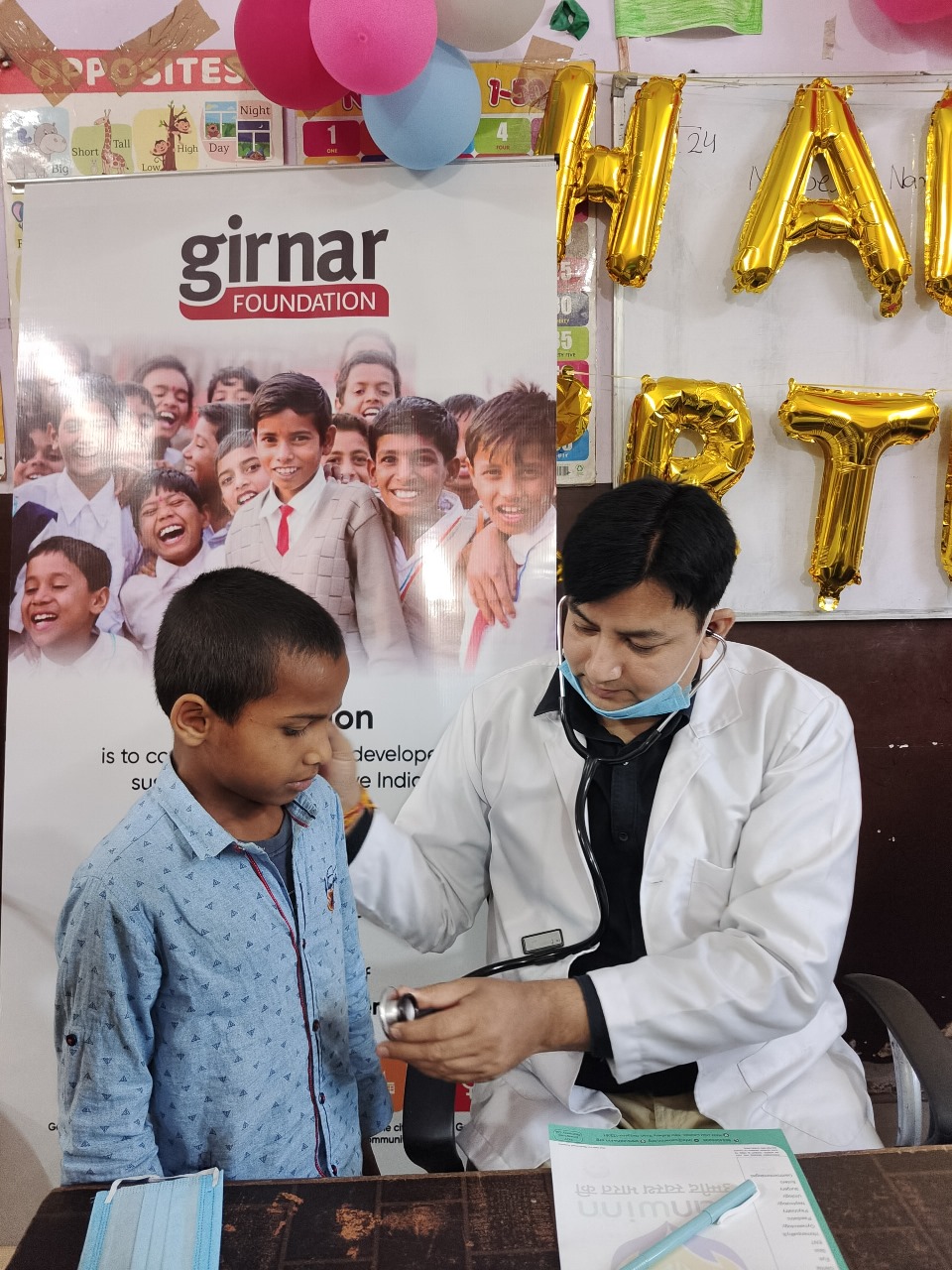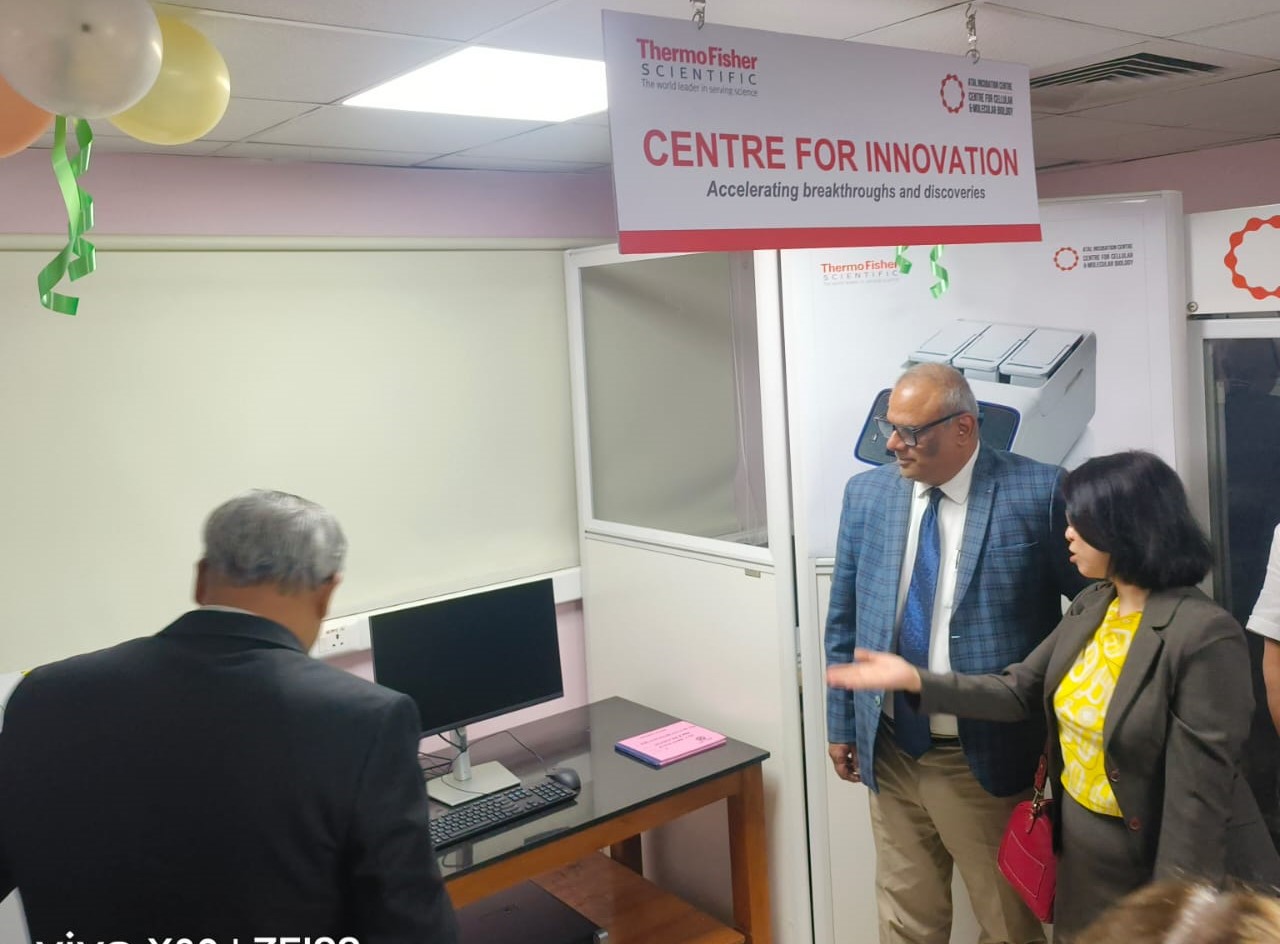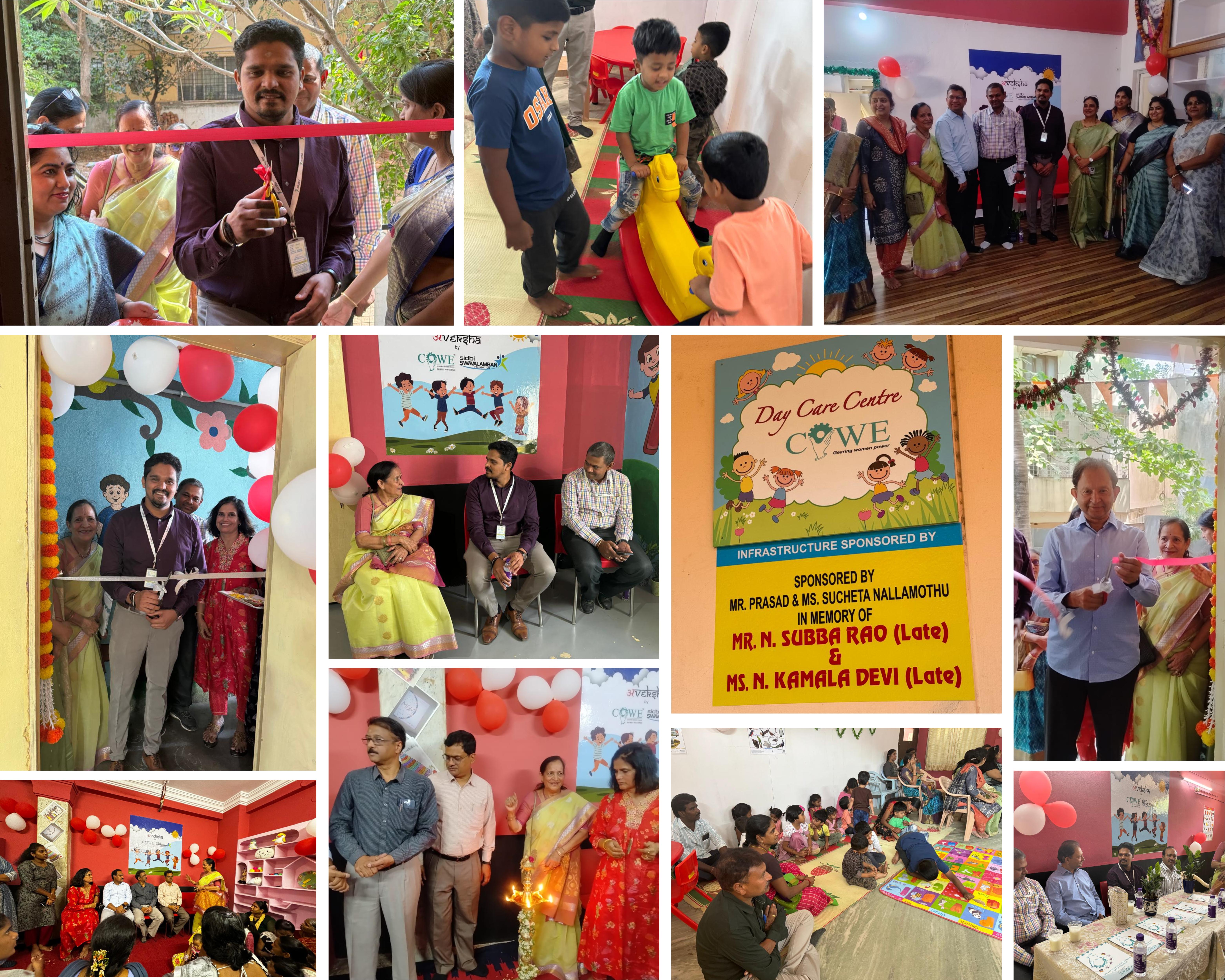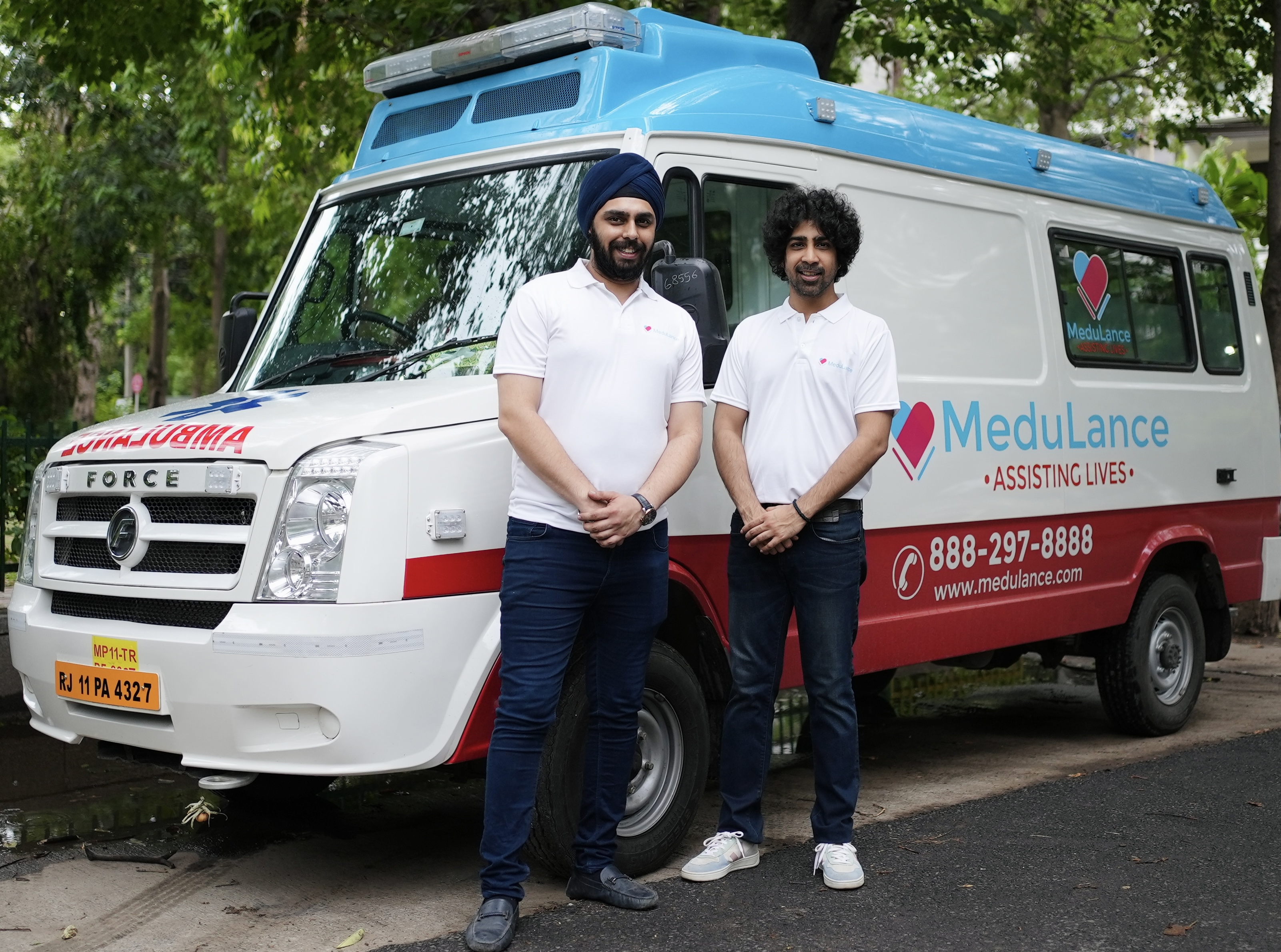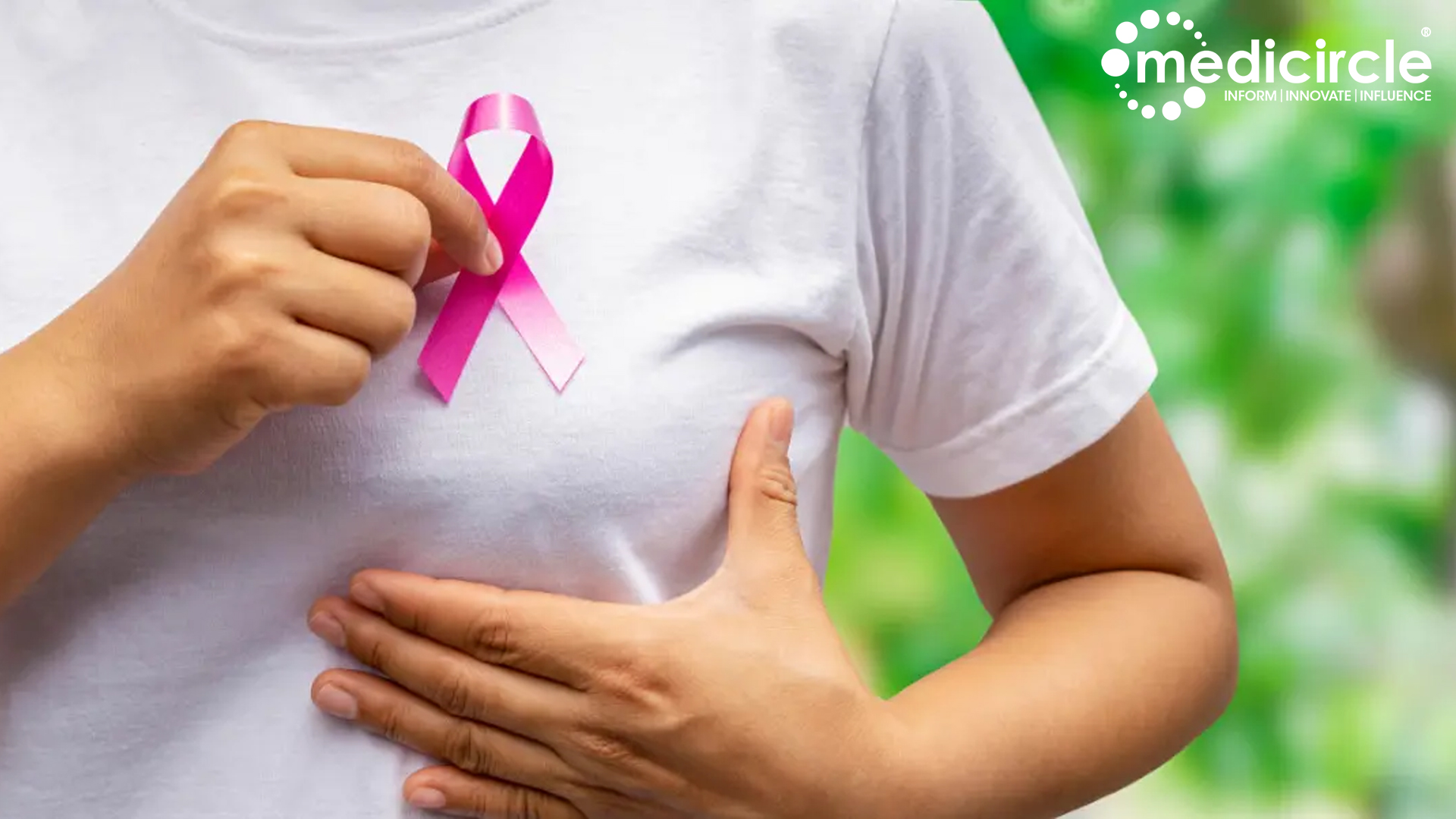Patient safety is the absence of preventable harm to a patient during the process of health care and the reduction of the risk of unnecessary harm associated with health care to an acceptable minimum.
Dr. Rahul Kamble, Consultant Microbiologist and Infection Control Nodal Officer, Lilavati Hospital and Research Centre is certified Six Sigma Black Belt and has done his CC infection Control from Harvard Medical School.
Lilavati Hospital and Research Centre is a premier multi-specialty tertiary care hospital in India and has been acknowledged globally as the centre of medical excellence.
Patient safety remains a prominent gap in global health systems
Dr. Rahul sheds light on the matter, “People (patient & health worker) safety is inherent in healthcare and is based on co-production. No one should be harmed in healthcare. And yet:
- 134 million adverse events occur each year due to unsafe care in hospitals in low- and middle-income countries, contributing to 2.6 million deaths annually.
- 15% of hospital expenses can be attributed to treating patient safety failures in OECD countries.
- 4 out of 10 patients are harmed in the primary and ambulatory settings; up to 80% of harm in these settings can be avoided.
- Medication errors are a leading cause of injury and avoidable harm in health care systems: globally, the cost associated with medication errors has been estimated at US$ 42 billion annually.
- Healthcare-associated infections (HAIs) occur in 7 and 10 out of every 100 hospitalized patients in high-income countries and low- and middle-income countries respectively.
- Unsafe surgical care procedures cause complications in up to 25% of patients; almost 7 million surgical patients annually suffer significant complications, 1 million of whom die during or immediately after surgery.
Patient safety remains a prominent gap in global health systems as patients around the world continue to experience preventable harm, particularly in low-resource settings. It was a very good initiative from the WHO to start World Patient Safety Day,” he says.
World Patient Safety Day reminder to maintain a high patient safety culture
Dr. Rahul explains, “The Covid-19 crisis is an opportunity to learn, without a safe working environment for health workers, their lives and patients’ lives are at risk. In the first few months of the pandemic, a lot of health care workers got sick and died from COVID-19 due to a lack of appropriate equipment and protective gear. They are risking their lives to save others. Therefore, the World Patient Safety Day 2020 theme is: “Health Worker Safety: A Priority for Patient Safety” linking health worker safety with patient safety.
- If you or a loved one is a patient, be actively involved in your own care. Provide accurate information about your medical history and be sure to communicate openly with your health care team. Ask questions to be aware of your health condition and treatment.
- If you are a doctor, nurse, pharmacist, or health worker, engage patients as partners in their care. Work with the patient to create an open and transparent patient safety culture. Encourage blame-free reporting and learning from errors.
- If you are a healthcare leader, policymaker, parliamentarian, or politician. Invest in patient safety and make it a national health priority. Make patient safety your priority,” he says.
Contribution towards the safety of the health workers
Dr. Rahul talks about the subject, “Our team takes the responsibility to ensure healthcare workers are not affected by healthcare-associated infections or incidents through focusing on below five steps:
Step 1: Identifying hazards and those at risk - Our team regularly conducts risk assessments for healthcare workers in different working areas of the hospital. The workers are also assessed with respect to their infection control practices like hand hygiene, safe injection practices, isolation precautions, and waste segregation.
Step 2 — Evaluating and prioritizing risks - based on risk assessments, we evaluate and prioritize the risks on the probability and severity of potential accidents or health problems caused by the risk.
Step 3 — Deciding on preventive action –
- Technical measures:
Appropriate personal protective equipment such as gowns, masks, etc is provided wherever needed. Construction measures are done wherever required.
- Organizational measures:
Standard operating procedures are laid down and facilities provided for healthcare workers safety for the effective implementation in the organization.
- Individual measures:
Training and retraining is done extensively which include prevention from occupational exposure to blood and body fluids, safe injection practices, etc.
Step 4 — Taking action - Our hospital infection control committee and the quality committee in coordination with other departments implement the necessary preventive and corrective measures as per the risk assessment plan and audit results. We also involve the healthcare personnel representatives in the acceptance and implementation of the plan.
Step 5 — Documentation, monitoring and review - Our documentation includes the results of the risk analysis, the improvements implemented and the results of the evaluation of the improvements,” he says.
COVID-19 has been a lightning bolt for digital transformation in healthcare
Dr. Rahul explains in brief, “Digital healthcare is improving access to health treatments and providers, and improving the efficiency of the patient-doctor relationship. COVID 19 pandemic has been a lightning bolt for digital transformation in healthcare, bringing healthcare professionals and patients together to turn necessity into an invention. The following are just a few ways technology in healthcare is helping to improve patient safety.
Increases Patient-Centered Care:
Encouraging patients to be more involved in their care is important for many reasons including increased compliance and patient satisfaction. Technology helps contribute to patient-centered care by fostering communication between providers and patients via online portals, text messaging, and email. It also increases access to information such as online medical records, which can improve self-monitoring and patient convenience.
Facilitates Communication Between Clinicians:
Often in a patient’s medical journey, multiple healthcare professionals are involved in their care. This can dramatically increase the potential for miscommunication or error. Electronic health records are designed to help reduce those errors by compiling and maintaining all of the patient’s health information into one easily accessible record.
Provides Access To Information:
Many serious medication errors are the result of clinicians not having sufficient information about the patient or drug. Information technology has drastically improved the access to reference information. A large range of drug-reference information is now available for hand-held devices, and clinicians are able to quickly access textbooks, databases, and other medical references online.
Reduces Medication Error:
Electronic prescribing can help reduce prescription errors by allowing clinicians to send prescriptions electronically to the pharmacy. Medical alerts, clinical flags, and reminders are also ways technology can help reduce medication errors and improve patient safety,” he says.
Ensuring proper patient safety
Dr. Rahul talks about the process of patient safety followed by them, “It is an important part of healthcare and an integral part of my job. We work together to implement procedures and practices that help create a safe environment for everyone who comes through our doors. We always seek to use the technology and knowledge at our disposal to promote patient safety and help our patients feel safe and comfortable.
As a clinical microbiologist, when I think about patient safety, I think of the total testing pathway – that is, the complete sample journey from the patient’s first appointment with the doctor to the final test result and its impact on treatment decisions. The lab has a role to play in every aspect of this pathway. It’s up to us to ensure that all the steps in the sample journey are carried out correctly and in line with proper standards and guidelines. Each process carries a risk of error, so a key aspect of patient safety is continually reviewing and monitoring, and then taking steps to reduce risk and errors that would negatively affect the patient.
I also liaise with clinical colleagues to provide guidance on test results; for example, assisting with the clinical interpretation of test results by advising on what might cause a result to change, when this is significant, advice on further testing, and possible treatment. This layer of communication is particularly important when a new test is introduced because my role involves developing relevant user information and ensuring all staff and clinical users have access to it so that they can accurately interpret results and follow up with patients.
As a nodal officer of the hospital infection control committee, I regularly take patient rounds in the hospital and assess their clinical condition. If any patient suspected of a healthcare-associated infection, our team does the investigation, does root cause analysis, and implements the preventive and corrective measures immediately. I also ensure that the patient is trained by our team on infection control practices to prevent any healthcare-associated infection and incidents.
As an active participant of the drug and therapeutic committee, I analyze the antimicrobial prescriptions and consumptions and ensure rational prescription of antimicrobials is done to prevent antimicrobial resistance and reduce the harm to the patient. We also review, discuss, and implement measures against medication errors regularly in our meetings. I am an active participant in quality team audits wherein we ensure effective implementation of measures to prevent any diagnostic errors/readmissions, wrong-site surgery, and communication, etc.
It’s within our power to improve not only patient safety but also the patient experience – and I believe it’s our duty to do everything we can,” he says.
Edited By- Rabia Mistry Mulla
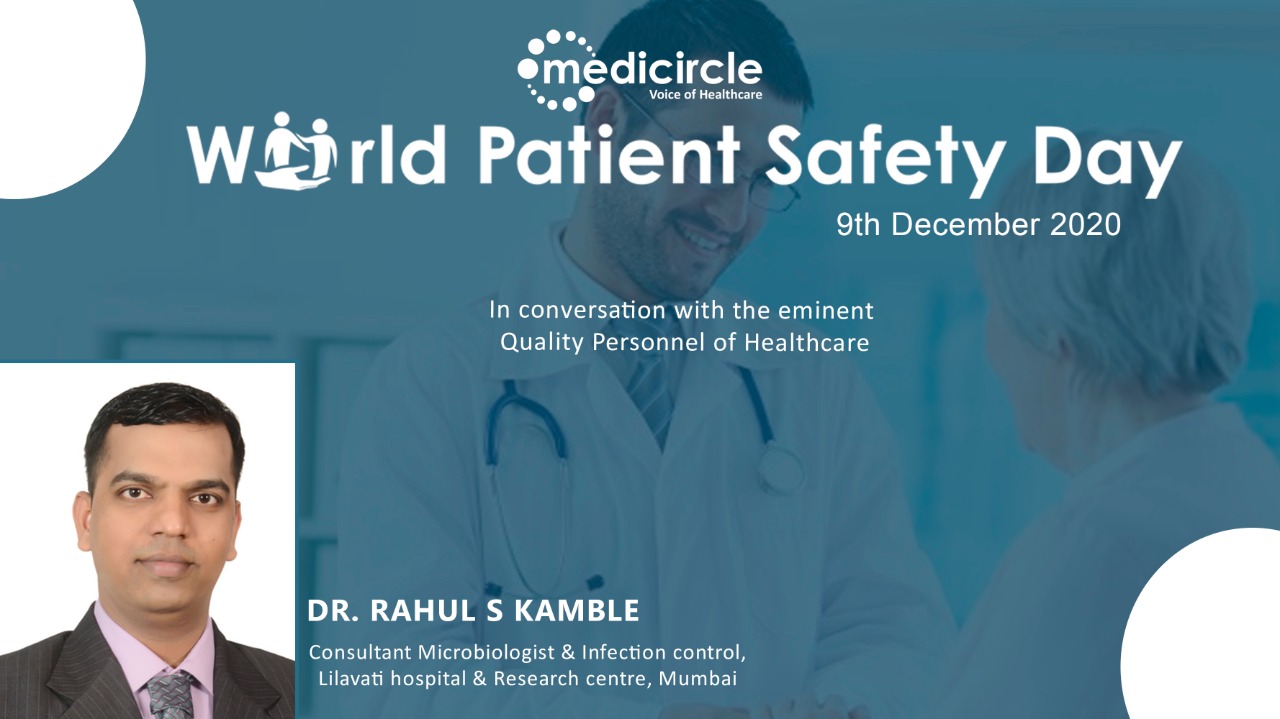
 “A key aspect of patient safety is continually reviewing and monitoring, and then taking steps to reduce risk and errors that would negatively affect the patient,†says Dr. Rahul Kamble, Consultant Microbiologist and Infection Control Nodal Officer, Lilavati Hospital and Research Centre
“A key aspect of patient safety is continually reviewing and monitoring, and then taking steps to reduce risk and errors that would negatively affect the patient,†says Dr. Rahul Kamble, Consultant Microbiologist and Infection Control Nodal Officer, Lilavati Hospital and Research Centre
















